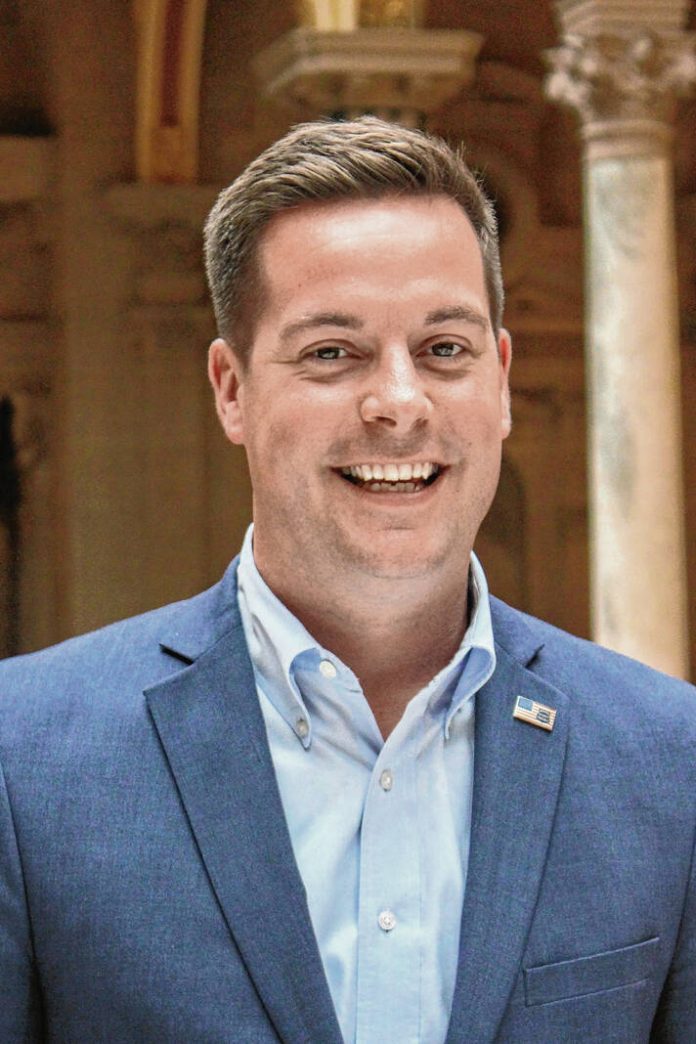For the first time since 2018, Indiana experienced a decline in overdose deaths. Provisional data points to a 20% decrease in the number of Hoosiers who died in 2022 of a drug overdose than in the year prior. That’s 562 sons, daughters, and neighbors who received a second chance at recovery.
Provisional data for 2023 indicates that the trend is continuing after years of record deaths caused by overdose, compounded by the onset of the COVID-19 pandemic and the emergence of illicit fentanyl.
While we welcome this sign of progress, it does not go unnoticed that 2,250 Hoosiers died of an overdose last year.
Substance use disorder (SUD) – which affects a person’s brain and behavior, leading to an inability to control their use of substances such as illegal drugs, alcohol or medications – is a treatable disease.
Since taking office in 2017, Governor Eric J. Holcomb has been committed to improving outcomes for Hoosiers with SUD. Through the 1115 Medicaid waiver, Indiana’s 2.1 million Medicaid members have access to a full range of SUD treatment. More than 430,000 members have taken advantage of this waiver since it went into effect in January 2018.
Over 24,000 doses of naloxone, the opioid reversal medication, are reaching Hoosiers every month through a statewide partnership with Overdose Lifeline. Through the expansion of new treatment centers, we’ve added 273% more residential treatment beds than were available in 2017 – over 2,500 total beds across the state.
Unfortunately, however, our biggest barrier to overcoming this disease continues to be stigma. Despite resources being available, many people are reluctant to seek help for fear they’ll encounter mistreatment, stereotyping and negative bias from society, be it in their own family or in a healthcare setting. In fact, 4.2 million Americans who felt they needed treatment did not seek it because they feared negative attitudes from their community, according to the 2021 National Survey on Drug Use and Health.
Indiana isn’t immune.
I’ve stood before zoning boards and neighborhood councils, advocating for new treatment facilities and recovery residences, only to be met with comments like, “I’m all for treatment for addicts, but not in my neighborhood.”
A law enforcement official in one rural county recounted a traffic stop where an individual was overdosing. When he pulled out a dose of naloxone to reverse the overdose, another officer on the scene asked if he really wanted to save the individual.
These stories are a fraction of the challenges that are present in our communities, but they make our work that much more important.
Stigma prevents people from asking for help. It gives power to the pain and shame that so many of our Hoosier neighbors endure. However, when we choose to see the person beyond their addiction, we take the first step toward ending the stigma.
You can help by joining in efforts to destigmatize addiction and make it possible for more Hoosiers to get the treatment they need, find recovery and ultimately improve the overall health of Indiana. Find five ways you can help at SeeBeyondTheAddiction.org.
Douglas Huntsinger is the executive director for drug prevention, treatment and enforcement for the State of Indiana, and chairman of the Indiana Commission to Combat Substance Use Disorder. Send comments to [email protected].




